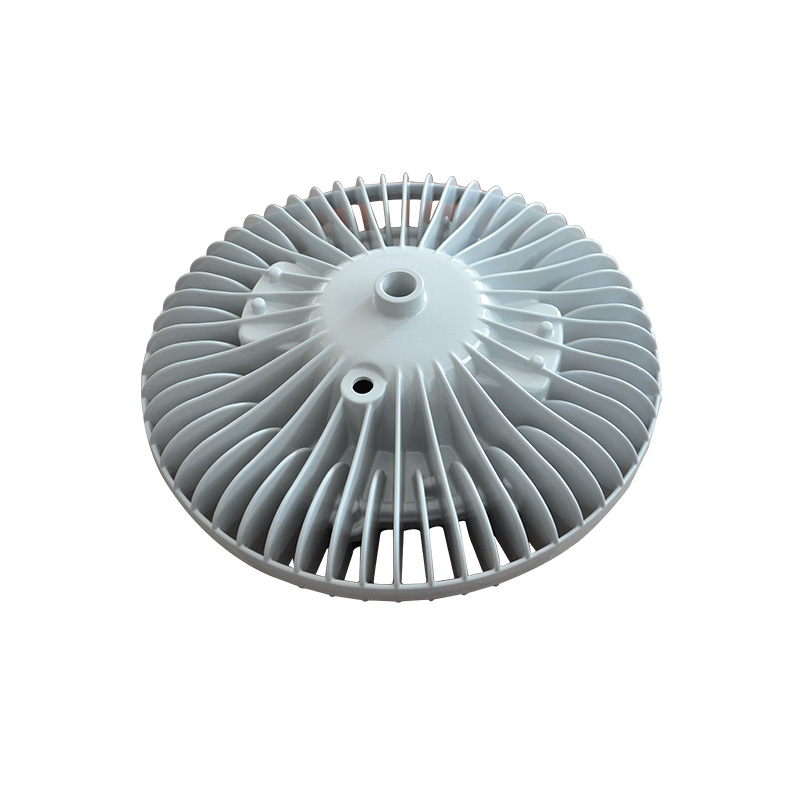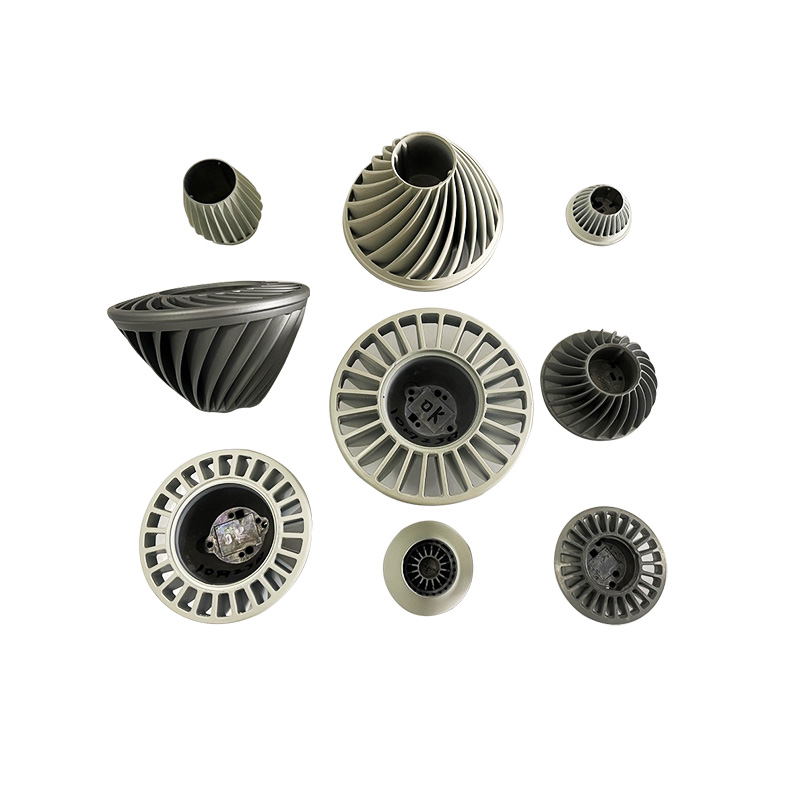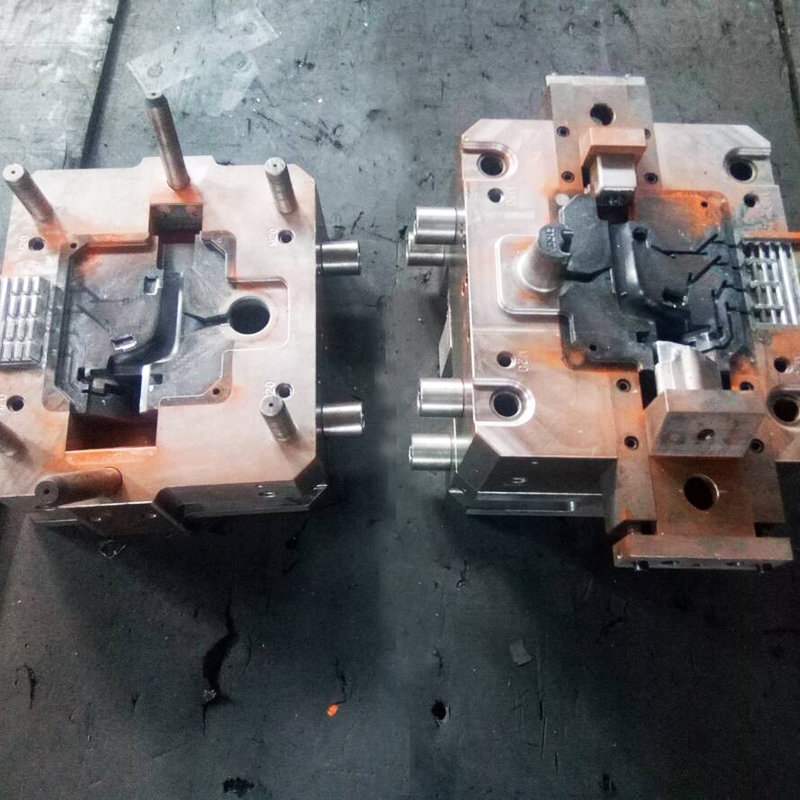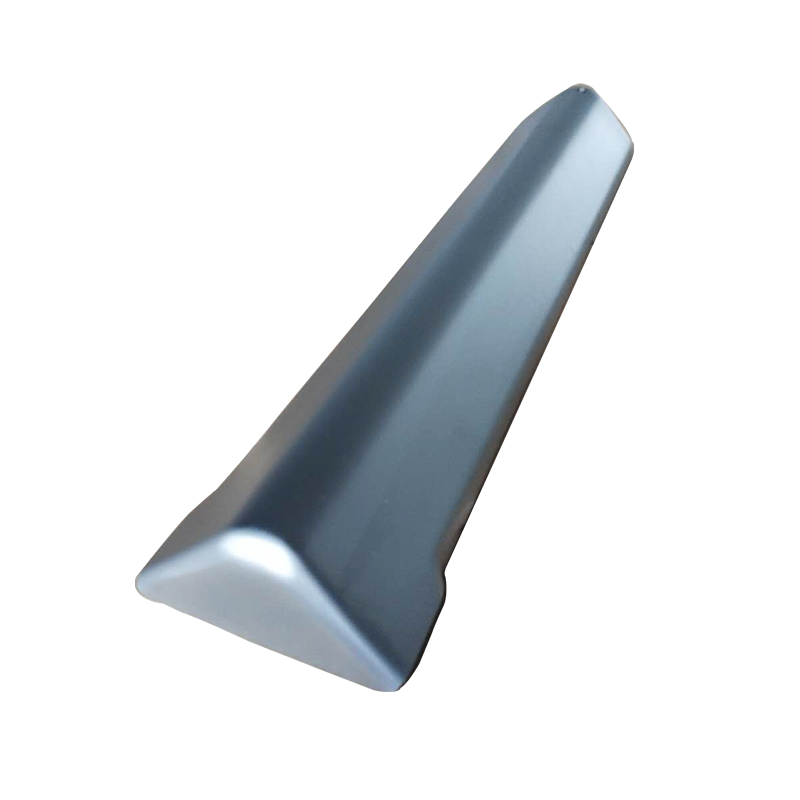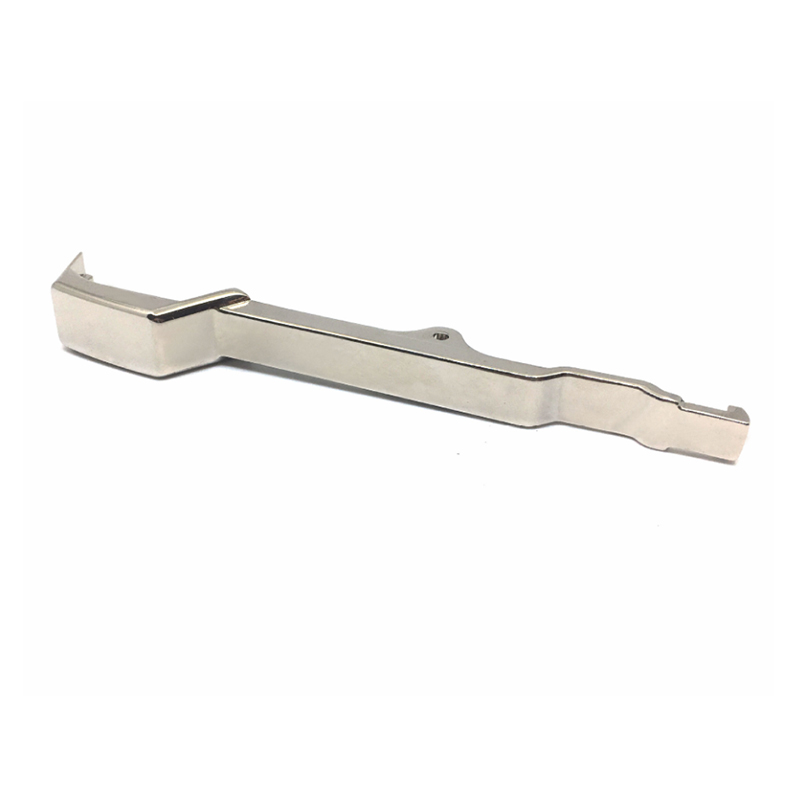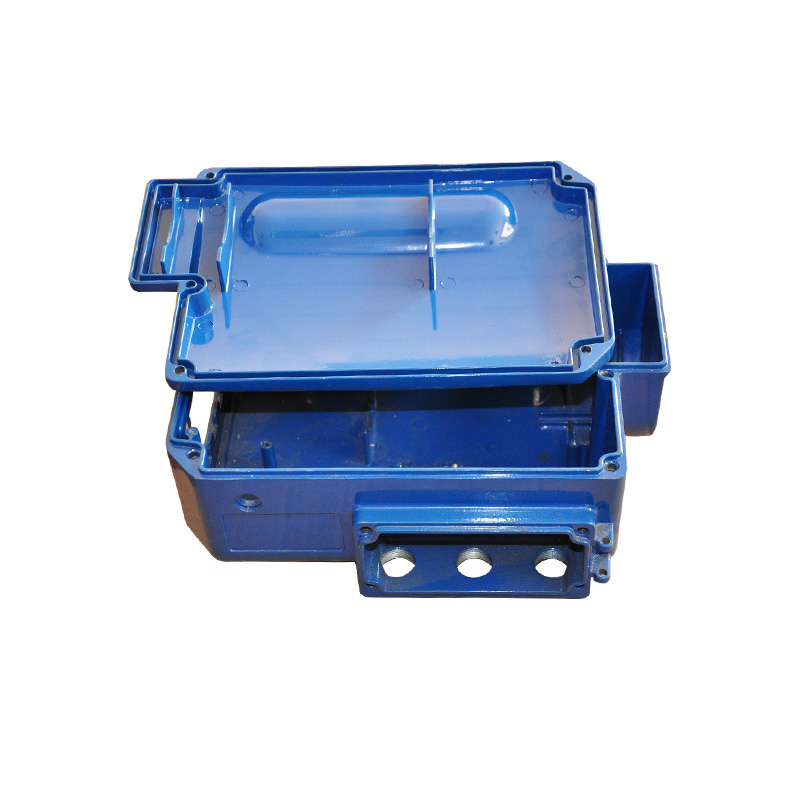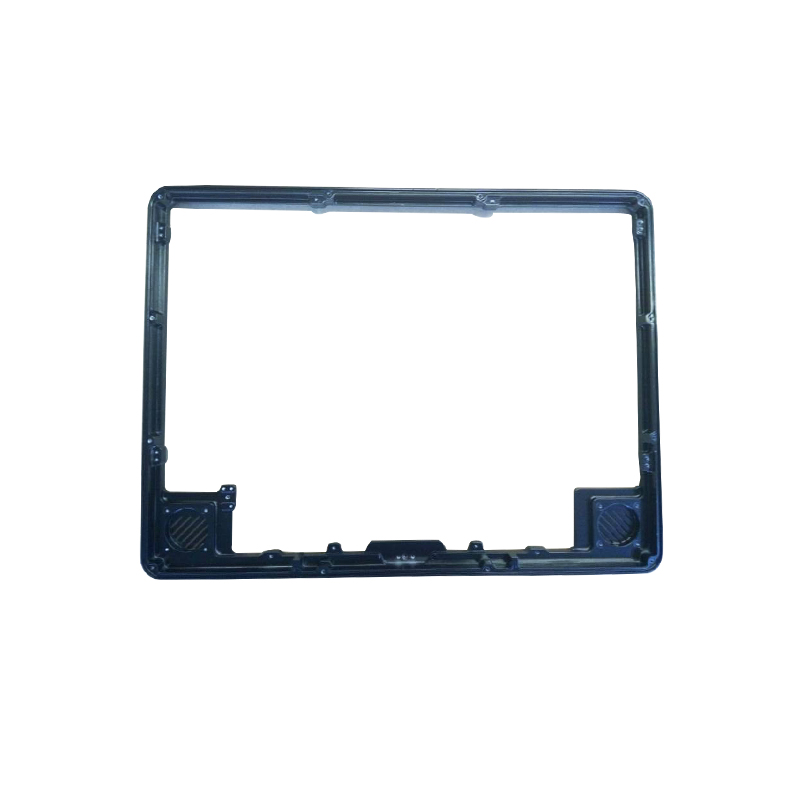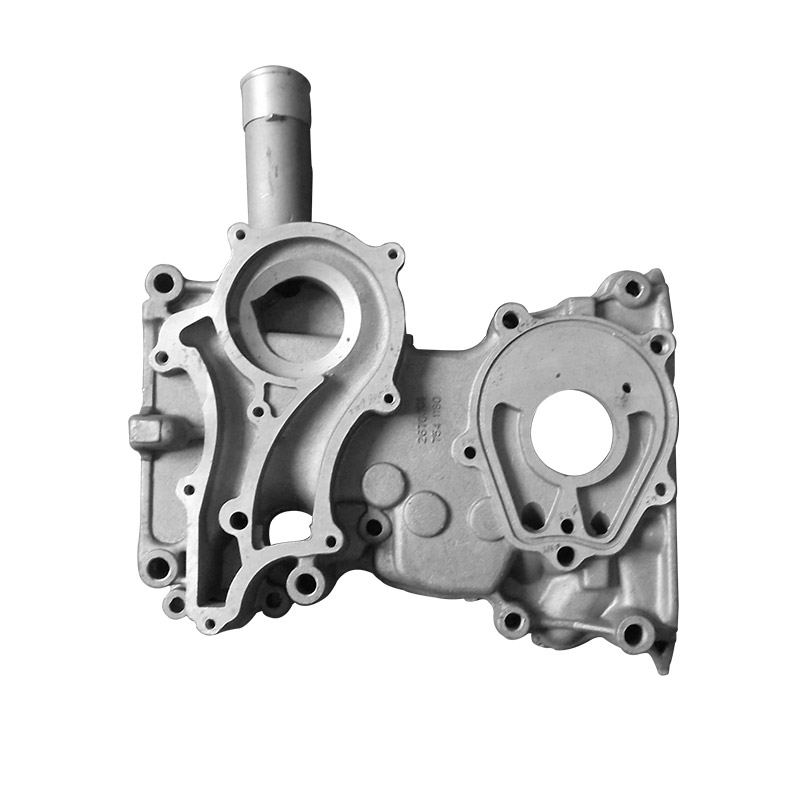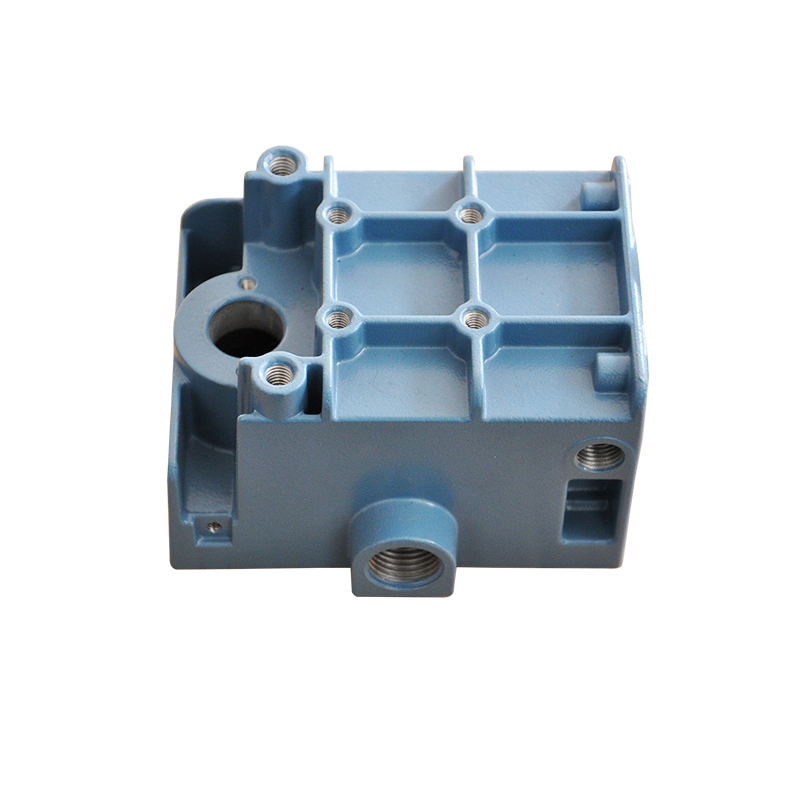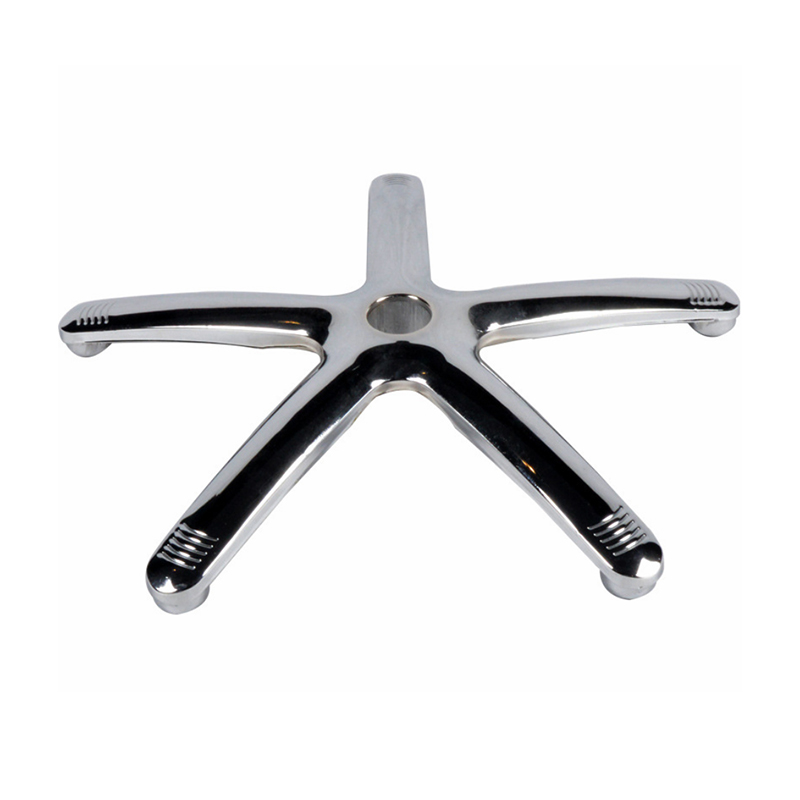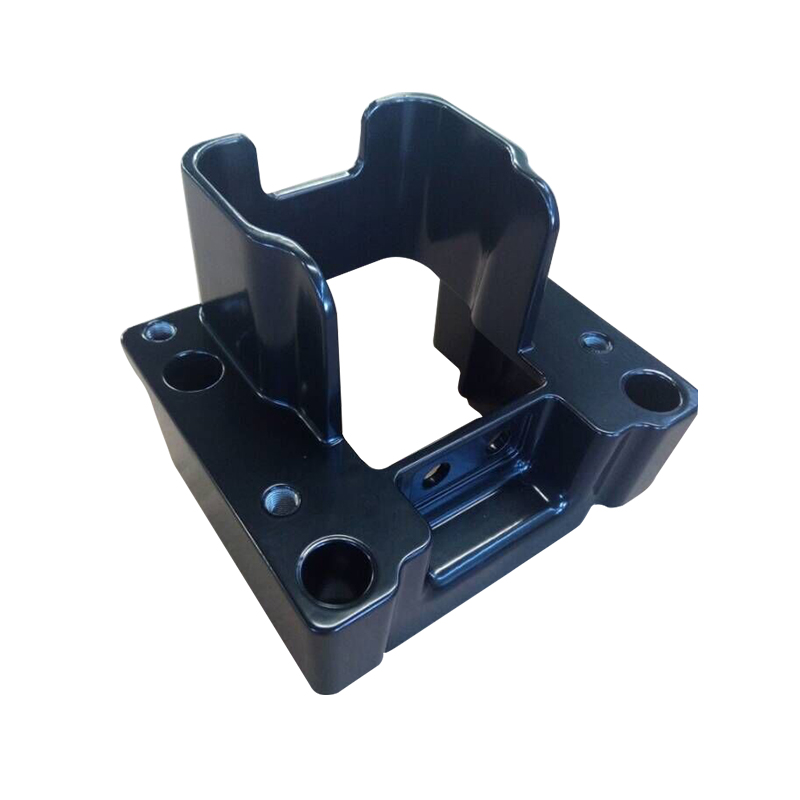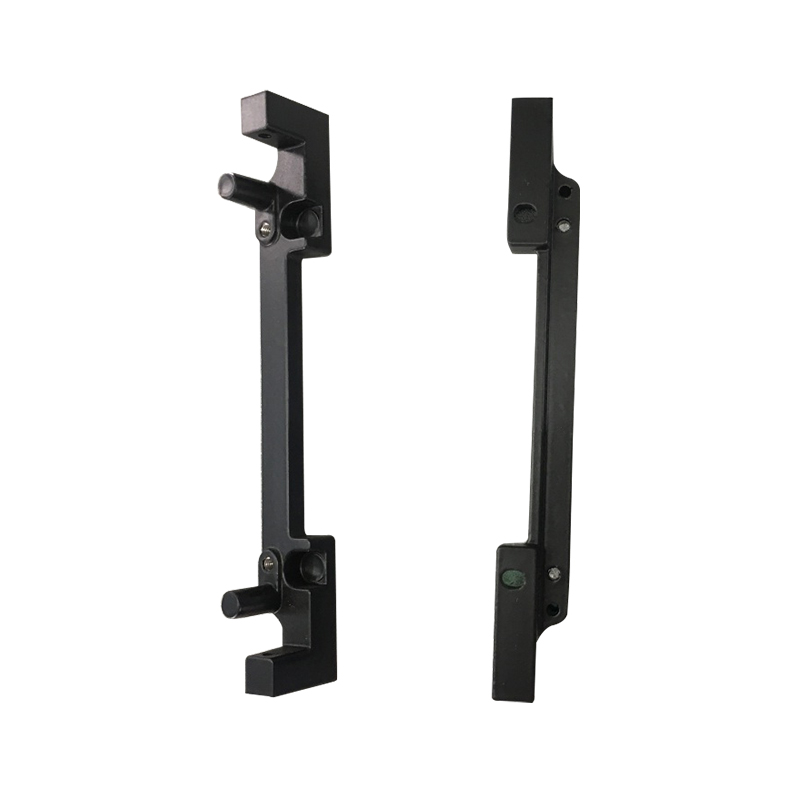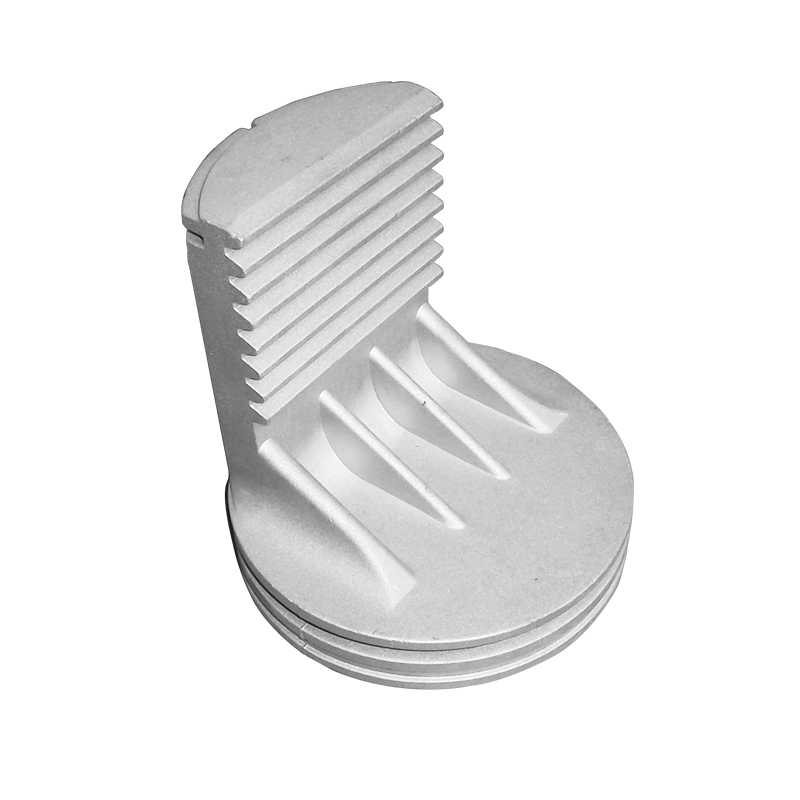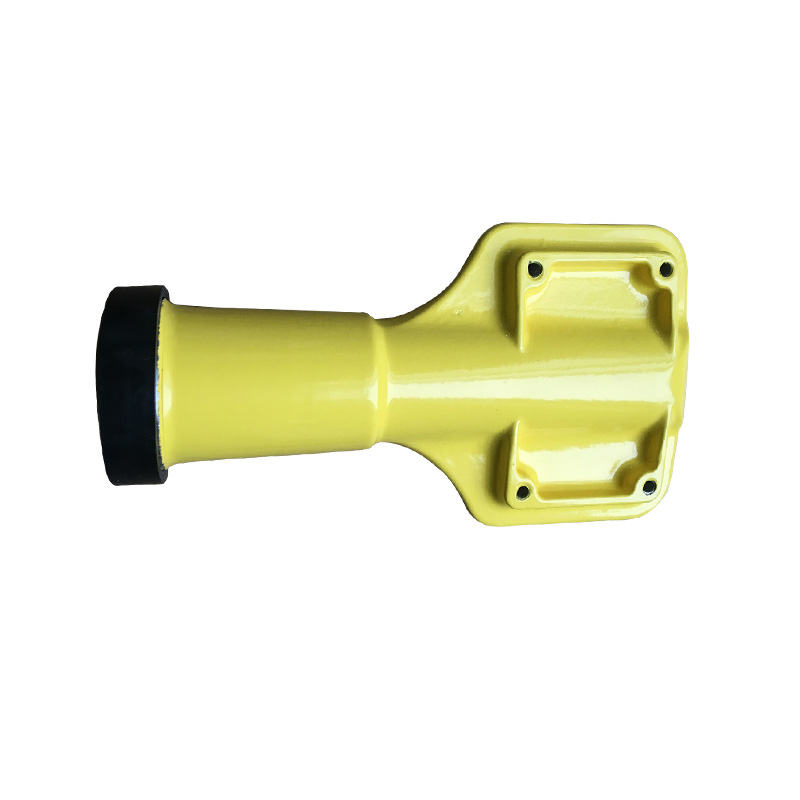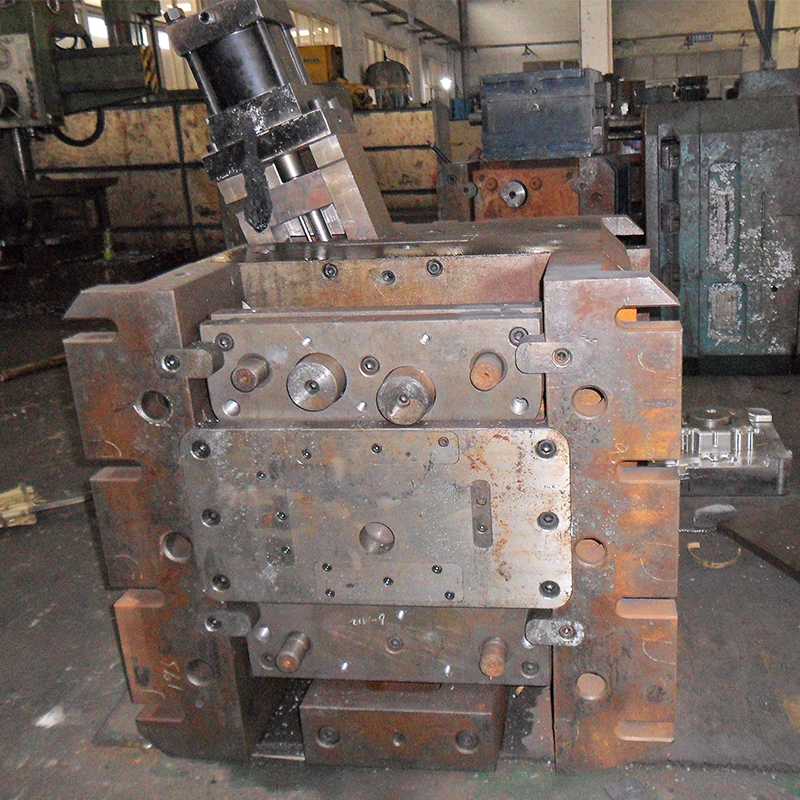Oct 16, 2022
The Defects & Improvement Of Aluminum Alloy Die Casting
1. Air oxidation overlap:
The air oxidation weld beading is mostly distributed on the upper surface of the casting parts, at the corner of the metal mold where the air cannot be changed. The fracture surface is mostly gray white or light yellow, which can be found through X-ray fluoroscopy or during machining, or during alkali washing, acid pickling and passivation or anodizing
reason:
1. The recycled waste is not cleaned, and the demand for recycled waste is excessive
2. Poor design of pouring control system
3. Slag in aluminum alloy liquid is not removed and tidy
4. The actual pouring operation is not good, which leads to weld beading
5. Insufficient static release time after refining and deterioration treatment.
Avoidance:
1. The recycled waste shall undergo sand blowing, and the demand for recycled waste shall be reduced appropriately
2. Improve the design of pouring control system and enhance its slag retaining capacity
3. Select appropriate solution to remove slag
4. The pouring should be stable and pay attention to slag retaining
5. After refining, the aluminum alloy liquid shall be kept for a certain time before pouring.
2. Air outlet bubble:
Porosity in the wall of castings is generally circular or elliptical, with smooth and clean surface. It is generally shiny oxide skin, sometimes oil light yellow. The surface vent hole and bubble can be found according to the sandblasting treatment, and the internal vent hole bubble can be found according to the X-ray fluoroscopy or mechanical processing.
The air outlet bubble is grayish black on the X-ray film photo
1. The casting of aluminum alloy is unstable, and the steam intake body is rolled
2. Organic chemical residues (such as coal chips, grass root entrepreneurship horse dung, etc.) are infiltrated into the molding (core) sand
3. Poor air exchange of metal mold casting and sand core
4. Shrinkage porosity of chill surface
5. The pouring control system is poorly designed.
Avoidance:
1. Properly control the pouring rate to prevent the entrainment of steam.
2. Organic chemical residues shall not be infiltrated into the molding (core) sand to reduce the supply of raw materials for molding design
3. Improve the working capacity of (core) sand exhaust pipe
4. Properly adopt and solve cold iron
5. Improve the design of pouring control system
3. Shrinkage:
Shrinkage porosity of aluminum alloy die castings generally results in thick locations at the root of the fly gate around the inner sprue, thin and thick junctions of the wall, and thick walls with large plan. In the as cast state, the fracture surface is dark gray, and the light yellow is grayish white, light yellow or black gray after quenching and tempering treatment. In the X-ray film photo, it is cloud shrouded, and the relatively serious flocculent porosity can be found according to the inspection methods of X-ray, fluorescent high magnification fracture surface, etc.
Cause:
1. Poor feeding effect of gate
2. Too much air supply is contained in the returned waste
3. Overtemperature around the inner sprue
4. The sand mold has too much water and the sand core is not air dried
5. Aluminum alloy crystal is strong
6. The casting part in the metal mold casting is not good
7. The pouring temperature is too high and the pouring rate is too fast.
Avoidance:
1. Re pouring metal material liquid from gate to improve gate design scheme
2. Recycled waste shall be cleaned and corrosion resistant
3. Set a gate at the loose shrinkage of the casting, and place cold iron or cold iron for joint use with the gate
4. Manipulative sand moisture and dry sand core
5. Countermeasures for adopting optimized products
6. Improve the position of castings in metal mold casting, and reduce the pouring temperature and pouring rate.
4. Crack:
1. Forging crack: along the development trend of dislocation, it is often accompanied by shrinkage porosity. It is a kind of crack produced at high temperature, which is very easy to appear in aluminum alloy with large volume and complicated castings
2. Quenching and tempering cracks: they are often transgranular cracks caused by coarse crystals or overheating during quenching and tempering. It often causes excessive refrigeration of aluminum alloy with large geostress and thermal expansion index. Or other metallurgical industry shortcomings.
Cause:
1. The general design of the casting is unscientific, with oblique angles, and the wall thickness changes excessively
2. Poor tolerance of sand mold (core)
3. Overtemperature of metal mold casting part
4. The pouring temperature is too high
5. The casting was removed too early from the metal mold casting
6. The quenching and tempering treatment is over temperature or overburning, and the refrigeration rate is extreme.
Avoidance:
1. Improve the overall design of castings, prevent bevel, and ensure uniform wall thickness and smooth connection
2. Measures to expand the tolerance of sand mold (core)
3. Ensure that each part of the casting is condensed separately or sequentially, and improve the design of pouring control system
4. Moderately reduce the pouring temperature
5. Operate the molding time of metal mold casting refrigeration.
6. The thermal calibration method shall be used for the deformation of aluminum alloy die castings.
7. Properly control the temperature of quenching and tempering treatment to reduce the cooling rate of heat treatment.
Ningbo Fuerd was founded in 1987, is leading full-service die Casting Tooling, aluminum die casting, zinc die casting, Gravity casting manufacturer. We are a solution provider offering a wide array of capabilities and services that include engineering support, designing, molds, complex CNC machining, impregnation, tumbling, chrome, powder coating, polishing, assembly and other finishing services. We will work with you as partners not just suppliers.
NINGBO FUERD MECHANICAL CO., LTD
Website: https://www.fuerd.com
